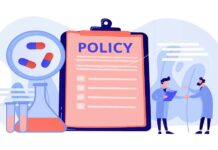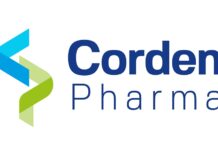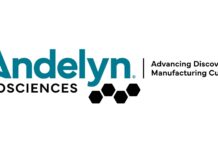Designing a product label is a long and complex process, from the amount of time that is needed, to creating a label that is compliant with the current FDA regulations. Pharmaceutical companies are constantly managing product-labeling documents such as Package Inserts (PIs), Summaries of Product Characteristics (SmPCs), and Core Data Sheets (CDSs). The same information is often duplicated for various product strengths, dosage forms and presentations, resulting in an overwhelming set of labeling records that are difficult to manage and keep synchronized.
Meanwhile, the FDA and the EMA are implementing an evolving set of rules regarding the electronic submission of labeling content. The FDA requires the submission of XML labeling content in Structured Product Labeling (SPL) format and the EMA requires pharmaceutical companies to submit product information documents in QRD-compliant format. As a result, life sciences companies have a double challenge. In the short term, they need to put in place systems and processes to ensure compliance with emerging standards. In the long term, these companies need to make strategic decisions to reduce the complexity and cost of managing their global labeling content.
The marcus evans Pharma Labeling Compliance Conference will explore new ways to overcome these challenges by analyzing the current FDA timelines and regulations that will impact the life cycle of a label as well as will look at one of the hottest topics, Structured Product Labeling (SPL), evaluating how companies are converting their word documents into XML format, and discussing the benefits of Downstream Structured Product Labeling.
Mary Elicone, Associate Director, Global Regulatory Affairs Labeling at Sanofi US, answered a series of questions provided by marcus evans. The responses below strictly reflect the views and beliefs of Mary Elicone and not necessarily those of Sanofi US.
marcus evans: As a large pharmaceutical company located internationally, how does your labeling approach differ compared to smaller companies or US-headquartered companies? What are the advantages?
ME: Global labeling departments in large pharmaceutical companies can be responsible for creating and maintaining the company core labeling, plus the European and US labeling over the lifetime of the product. In addition, the global labeling group is responsible to liaise with the rest of world country affiliates to ensure a local labeling implementation that is consistent with the company core labeling. As described, this is truly a global approach to product labeling. Maintaining and updating corporate
labeling over the life of the product assures consistent and appropriate product use in every region.
marcus evans: What is the most prominent impact that labeling considerations in the EU have on global labeling compliance? What kinds of challenges, if any, does this impact present?
ME: We are now living in a very “connected” world thanks to the innovations and speed of our current technology. Pharmaceutical companies must have the infrastructure in place to ensure the efficiencies of these labeling updates and product communications. As an example, if European patients develop a particular reaction to one of our drugs, global companies and the EU Health Authority (European Medicines Agency or EMA) would become aware of the issue and would quickly review the issue and take actions as needed, to address patient safety concerns through updates to both the European labeling and the company core labeling. The challenge is that certain issues/labeling changes, specifically those that are safety related, require that information is transferred promptly to health care practitioners and onward to patients, if appropriate.
marcus evans: How do you make the transition from maintaining national approvals to EU SPC harmonization?
ME: I have had an opportunity to manage several mature marketed products, which were originally approved in Europe by national procedure. With the developing organization of the European Union and European Economic Area (EEA) over the last two decades, there has been a deliberate movement to all types of harmonization across EU countries (monetary system, regulations/law). For pharmaceutical products, harmonization across the EU has meant moving away from many different local country labels (SPCs) to a single harmonized EU label or Summary of Product Characteristics (SPC) for products authorized across several or all EU countries. Creating uniform product information in the EU region is an important advancement to assure consistent and appropriate product use.
Mary Elicone will be leading the session, “Labeling Considerations in the European Union and its Impact on Global Labeling Compliance” at the Pharma Labeling Compliance Conference, March 20-21, 2013 in Boston, MA.
For more information, please contact Robin Yegelwel, Marketing & PR Coordinator, at (312) 540-3000 ext. 6383 or robiny@marcusevansch.com
About marcus evans
marcus evans conferences annually produce over 2,000 high quality events designed to provide key strategic business information, best practice and networking opportunities
for senior industry decision-makers. Our global reach is utilized to attract over 30,000 speakers annually; ensuring niche focused subject matter presented directly by practitioners and a diversity of information to assist our clients in adopting best practice in all business disciplines.




















